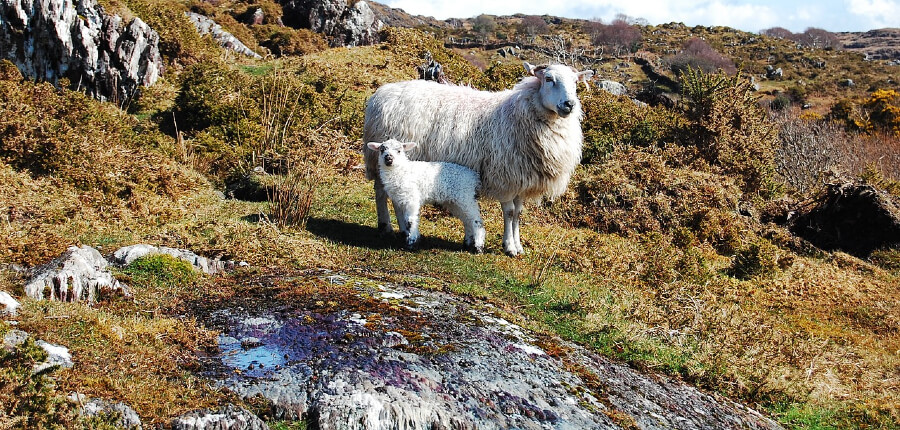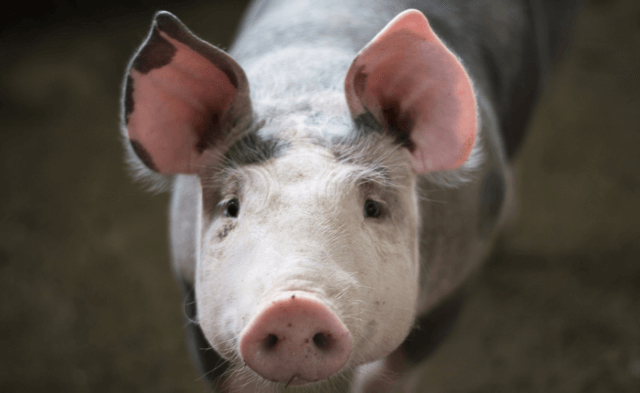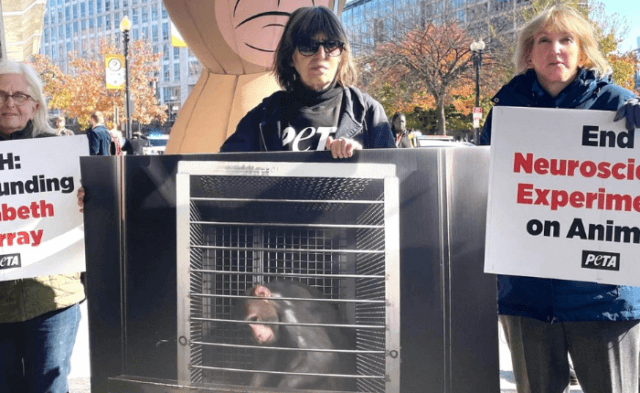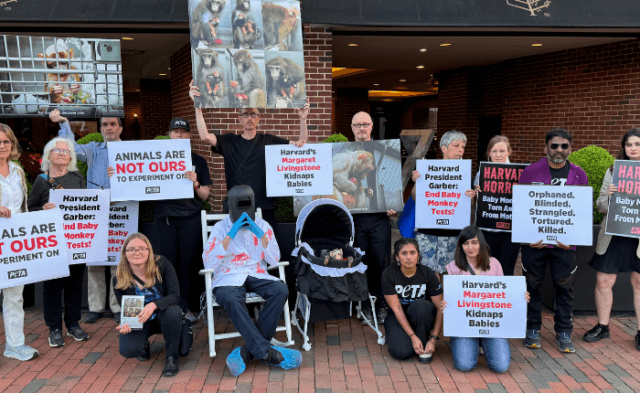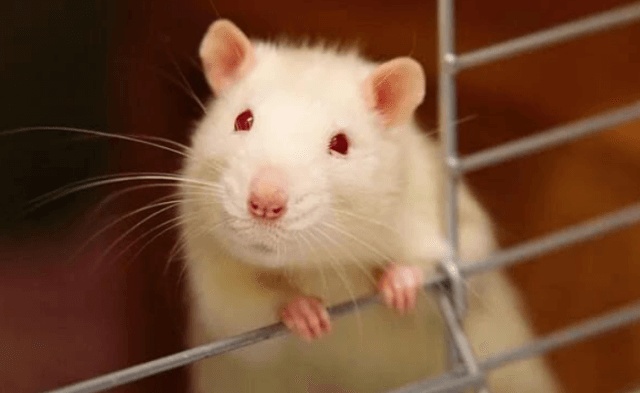As COVID-19 cases surge with no relief in sight, one hotspot may surprise you: fur factory farms. The novel coronavirus has been found on fur farms around the world, including in the United States, Canada, Italy, the Netherlands, Spain and Sweden, and several countries either have suspended or are shutting down fur farming. Denmark killed millions of minks in its fur industry after a potentially vaccine-resistant, mutated strain of the novel coronavirus spread from minks to humans. In November, Kopenhagen Fur, the world’s largest fur auction house, announced that it was closing.
The global pandemic has led to a growing awareness that warehousing and killing sick, stressed and suffering animals is an invitation to disaster. And when it comes to public health, we’re learning that fur farms are similar to wet markets, where the novel coronavirus is believed to have originated.
When animals are caged next to and even on top of each other on fur factory farms, their waste and blood can easily contaminate adjacent cages and potentially spread infectious diseases.
Minks were among the animals infected during the SARS outbreak in 2003, and they carry a variety of pathogens and diseases that can be passed on to humans, including hepatitis E, influenza and rabies. University College London geneticist François Balloux, who coauthored a paper on COVID-19 transmission in minks, warns that raising minks for fur “is a big risk because it makes it much more difficult to manage the epidemic and creates such big reservoirs of susceptible hosts.”
Even before the pandemic, though, the fur industry was in a free fall. Almost every major designer—from Armani to Versace—has banned fur, and consumers have largely shunned it. Fur farming has already ended in Austria, Germany, Japan, Norway, Switzerland, the United Kingdom and elsewhere around the world.
But the bans shouldn’t stop there. To convince ourselves that it’s wrong to kill animals for their fur but OK to steal sheep’s wool for sweaters or snakes’ skin for a pair of boots is speciesist. The other animals are not merely raw materials for human use, even though that’s how we’ve tended to treat them.
PETA’s exposés of wool-industry operations around the world have revealed shearers dragging sheep by the legs, punching and kicking them, slamming them to the floor and leaving them with gaping, bloody wounds caused by fast, aggressive shearing.
Cows killed for leather in India are first marched for days without food or water to states where slaughter is permitted. If they collapse from exhaustion, handlers rub chili peppers and tobacco into their eyes to cause enough pain to make them keep moving.
PETA Asia recorded angora rabbits screaming in pain as workers violently tore out their fur. This procedure is repeated every three months, causing many rabbits to go into shock. In China and Mongolia—countries responsible for 90% of the world’s cashmere production—workers hold down terrified, screaming goats and tear out their hair with sharp metal combs.
Alligators’ necks are hacked open and metal rods are shoved into their brains. Snakes are commonly pumped full of water to loosen their skin so it can be peeled off, often while they’re still conscious. Ostriches’ feathers are yanked out with pliers while they’re still alive.
And on and on.
The coronavirus crisis will likely be the final nail in the fur industry’s coffin—good riddance. But that’s not enough. As we envision ways to create a more equitable, humane post-pandemic world, we must take a hard look at the ways in which we routinely exploit other animals—and then do something to change that. Rejecting all animal-derived clothing would go a long way.

